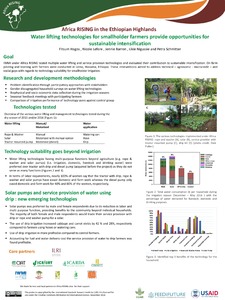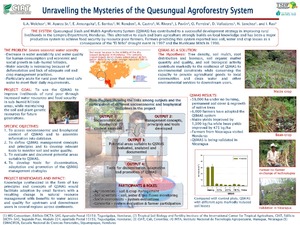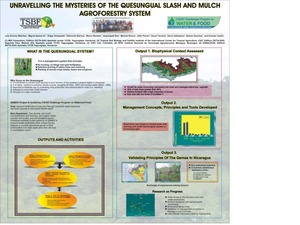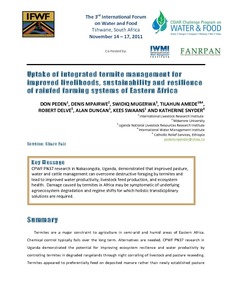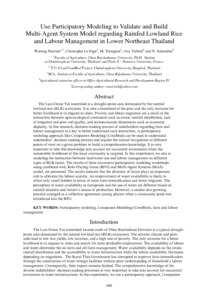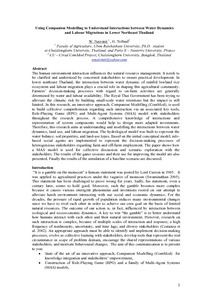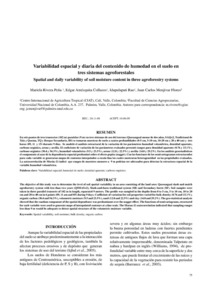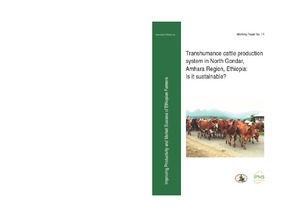Sistemas de explotación
AGROVOC URI:
Uptake of integrated termite management for improved livelihoods, sustainability and resilience of rainfed farming systems of Eastern Africa
Use Participatory modeling to validate and build multi-agent system model regarding rainfed lowland rice and labor management in Lower northeast Thailand
Using companion modeling to understand interactions between water dynamics and labor migrations in lower northeast Thailand
Transhumance cattle production system in North Gondar, Amhara region, Ethiopia: is it sustainable?
The study was carried out in three highland woredas (districts) of Chilga, Dembia and Gondar Zuria in north Gondar Zone, Amhara Region, Ethiopia. These woredas were purposively selected because of their long experience in transhumance cattle production system. The objectives of the study were to characterize the transhumance cattle production system, identify the major constraints and forward appropriate developmental interventions for the future. Informal and formal surveys were employed to collect qualitative and quantitative data.
Undernutrition of dairy cattle in smallholder production systems in East Africa
Variations in availability and nutritional quality of feed resources in the tropics affect cattle production under smallholder production systems. This results in undernutrition of cattle because of fluctuations in feed and nutrient supply. The term undernutrition is very complex and not clearly understood. The end products from animal production in the forms of body growth, milk yield, reproduction and traction power are expressed as a result of the influence of undernutrition. The mechanisms involved in physiological changes need to be understood.
To mulch or to munch? Big modelling of big data
African farmers are poorly resourced, highly diverse and aground by poverty traps making them rather impervious to change. As a consequence R4D efforts usually result in benefits but also trade-offs that constraint adoption and change. A typical case is the use of crop residues as mulches or as feedstock. Here we linked a database of household surveys with a dynamic whole farm simulation model, to quantify the diversity of trade-offs from the alternative use of crop residues.

